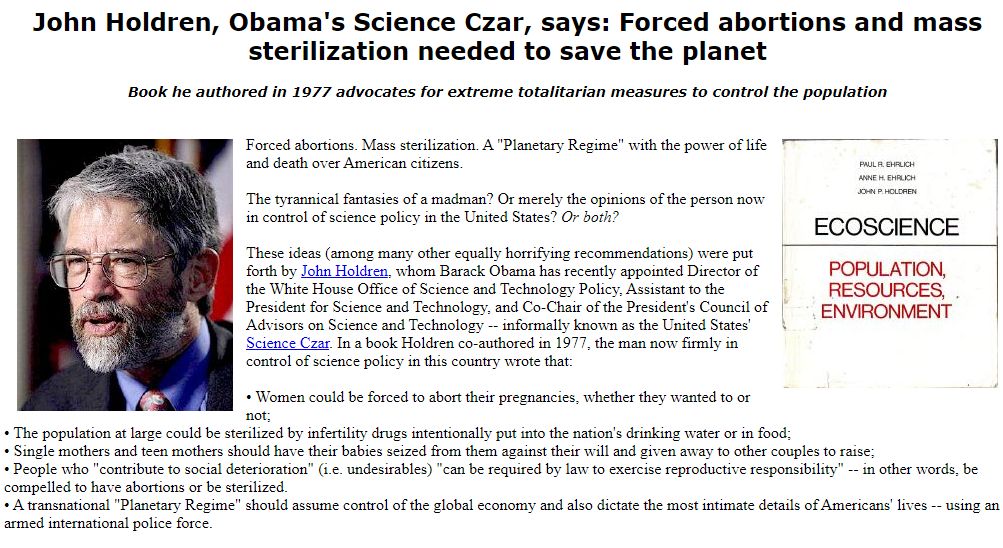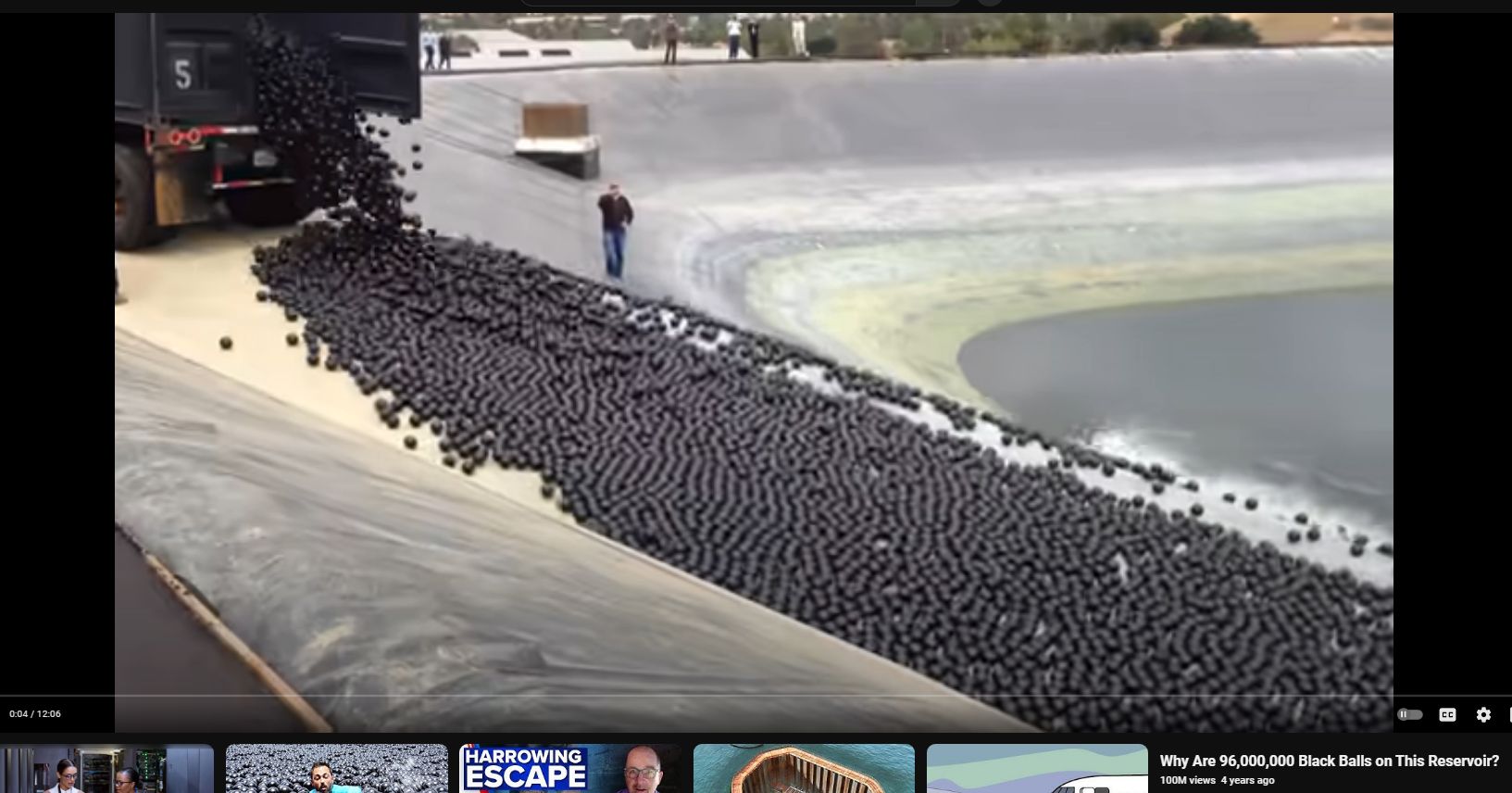BAD VIBRATIONS
From the video comments:
“Maybe another purpose is to sterilize the population by poisoning the public water supplies, as called for in chapter 14 of ECOSCIENCE the 1,400 page textbook by Obama’s science czar. Talk about shedding of microplastics right in to the water, feminizing the men, sterilizing them. Think about it.”
“…”High-density polyethylene (HDPE) is generally considered to be a relatively low shedding material compared to other types of plastics. However, like all plastics, HDPE can release microplastics under certain conditions, especially when it undergoes mechanical abrasion, degradation due to UV exposure, or breaks down over time.” 96 million balls rubbing against each other in the wind and water movements, under intense california sun. Sounds like PERFECT microplastic-creating situation to me, regardless of what type of plastic. So, as I posted, is there a depopulative purpose to placing these endocrine-disrupting toxins right into the worst imaginable situation? Read ECOSCIENCE chapter 14 to learn about the scheme to sterilize the population by poisoning public water supplies. zombietime website has a great write-up on ECOSCIENCE and its co-author Obama science czar John Holdren.”
(Obama Science-Czar) John Holdren’s ECOSCIENCE — a 1,400-page textbook whose chapter 14 details how to depopulate humans by secretly sterilizing via poisoned public water supplies —
https://zombietime.com/john_holdren
PDF – zombietime.com BAD VIBRATIONS

Shade balls, also known as bird balls or bird deterrent balls, are typically made from high-density polyethylene (HDPE) plastic. This material is chosen for its durability, UV resistance, and ability to float on water surfaces. HDPE is also safe for use in water environments and is often used in various water-related applications, including water storage, environmental protection, and irrigation systems.
High-density polyethylene (HDPE) is generally considered to be a relatively low shedding material compared to other types of plastics. However, like all plastics, HDPE can release microplastics under certain conditions, especially when it undergoes mechanical abrasion, degradation due to UV exposure, or breaks down over time.
The shedding of microplastics from HDPE can occur during the manufacturing process, usage, or disposal of products made from this material. Factors such as the age of the plastic, exposure to environmental stresses, and the presence of harsh chemicals can also influence the rate at which microplastics are shed.
While HDPE is considered to shed fewer microplastics compared to some other plastics, it is still important to manage plastic waste responsibly to minimize environmental impacts. Recycling and proper disposal methods can help reduce the release of microplastics into the environment.
Microwaves Sterilize, too
Microplastics as hormone disruptive (“erectile dysfunction”) are not the only cause — microwaves also disrupt chemistry and sterilize … wifi routers, cellphones, you know, all the modern conveniences… https://toxi.com/esmog
